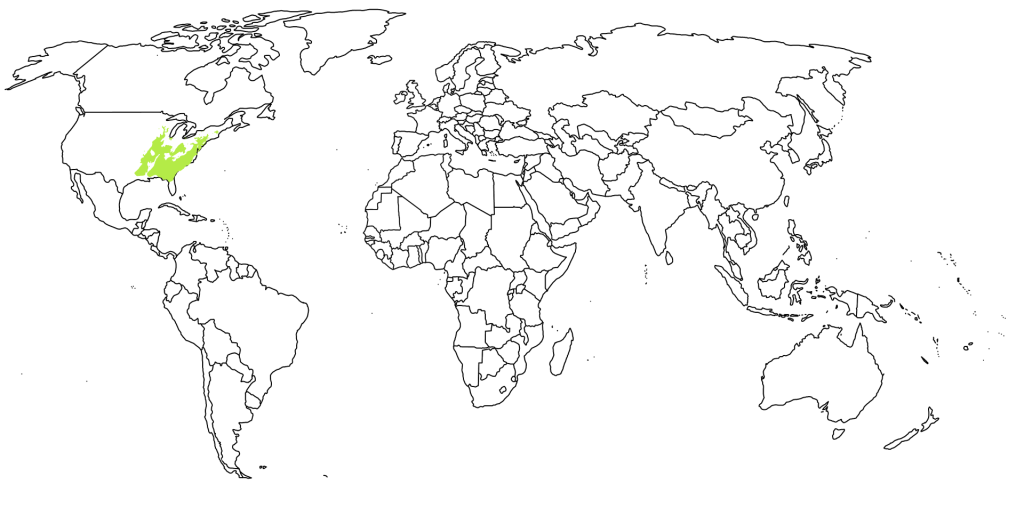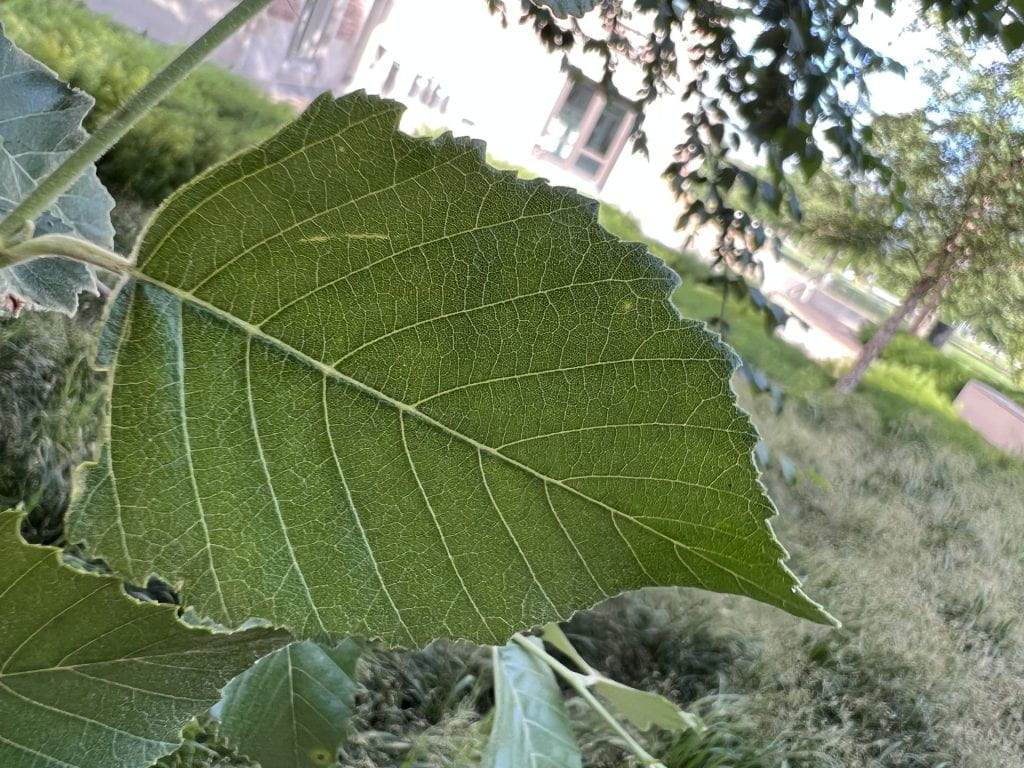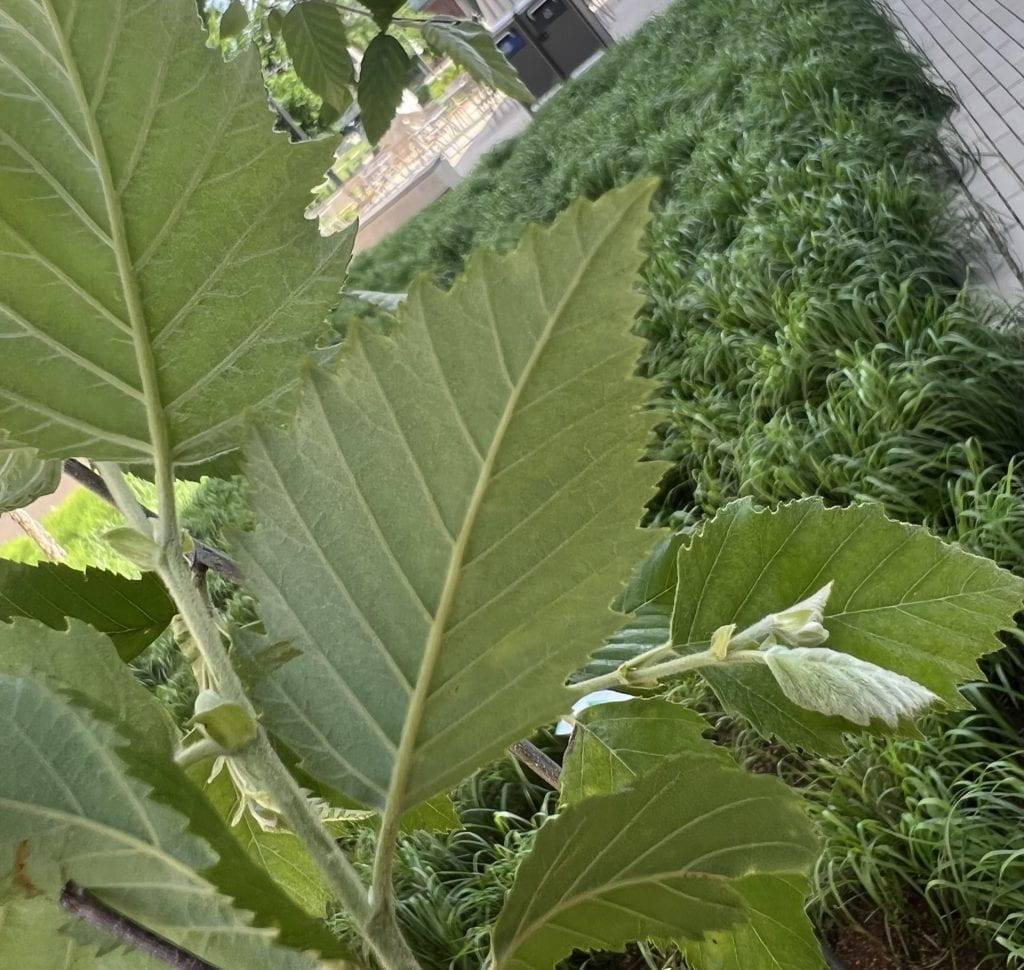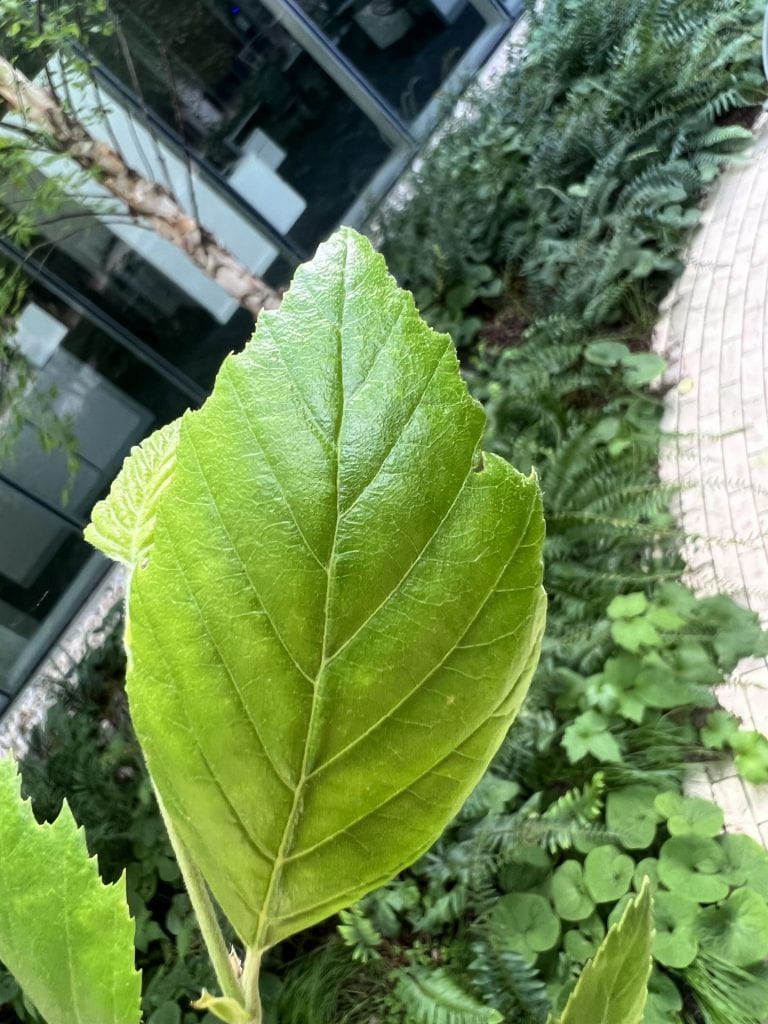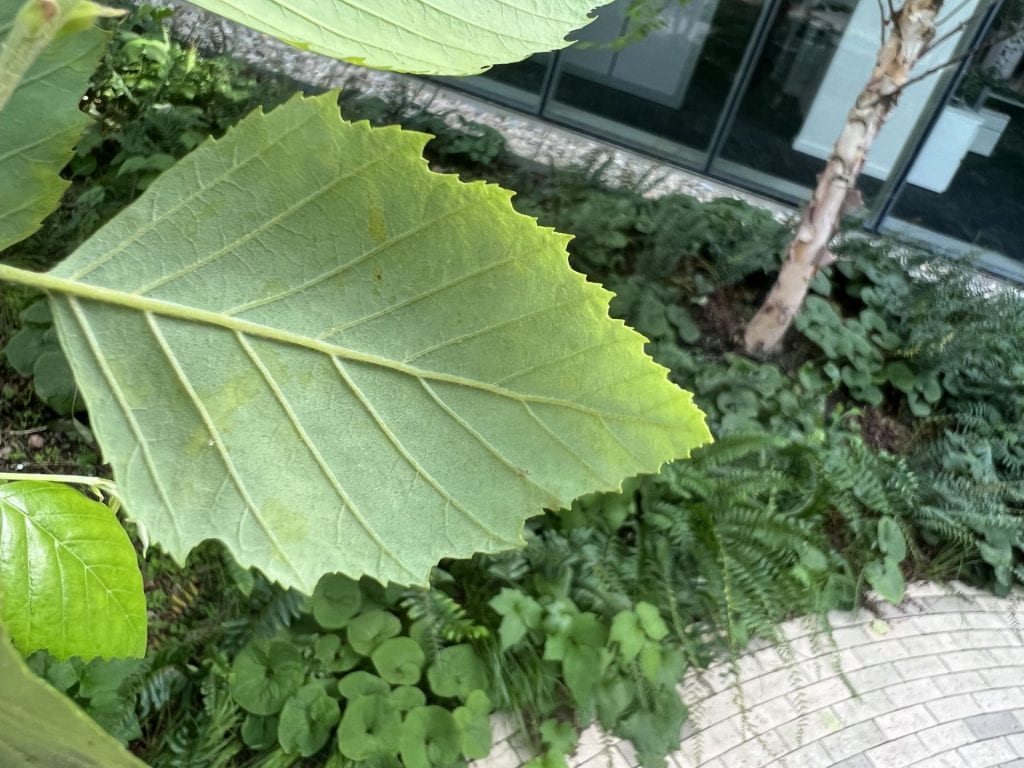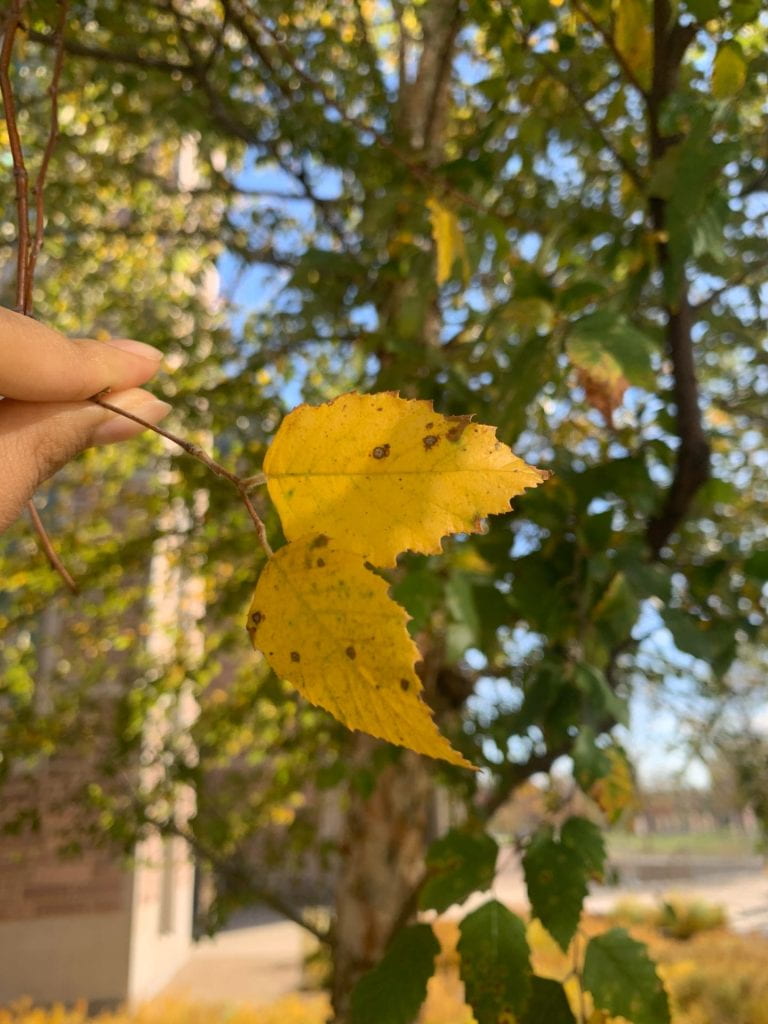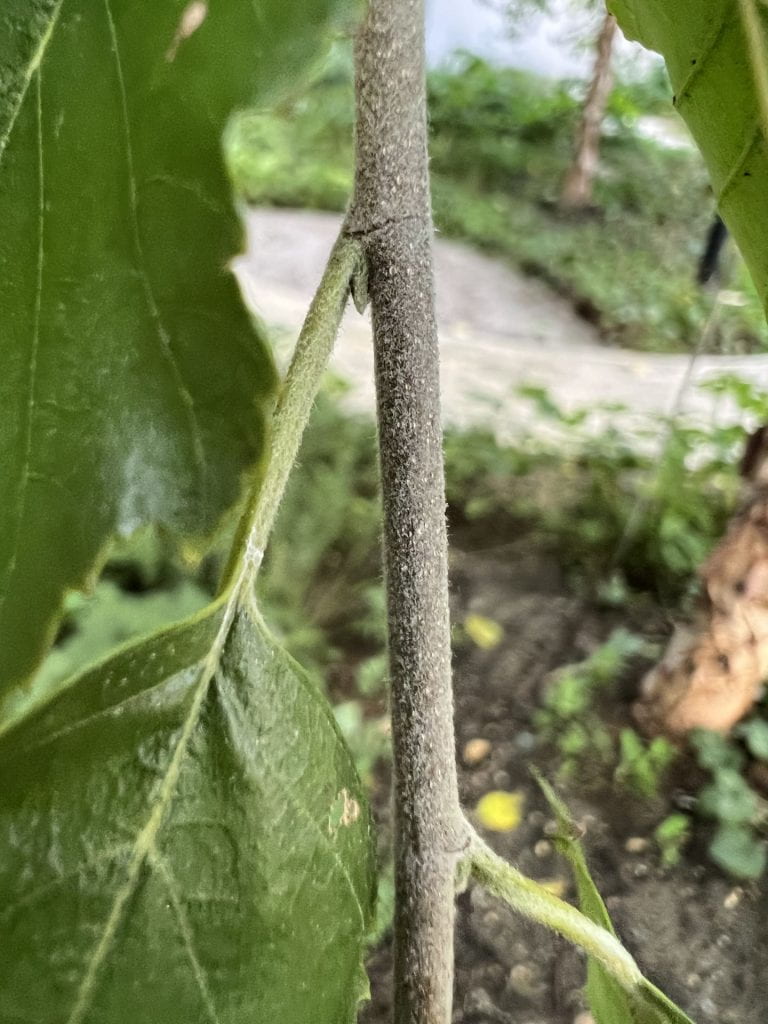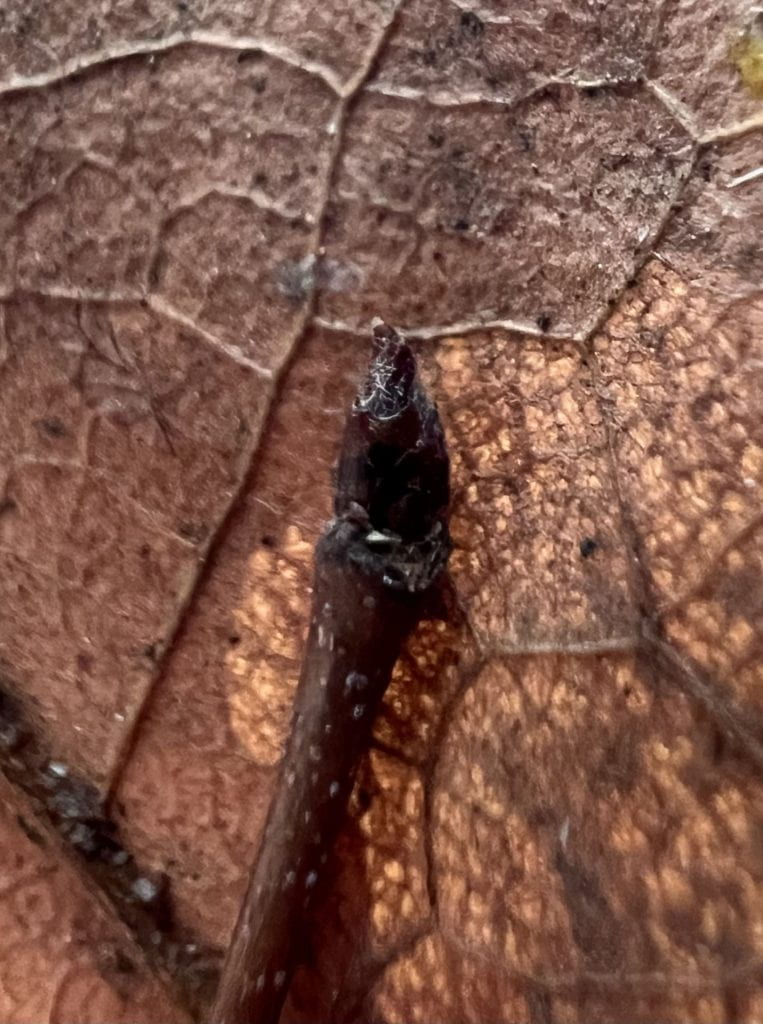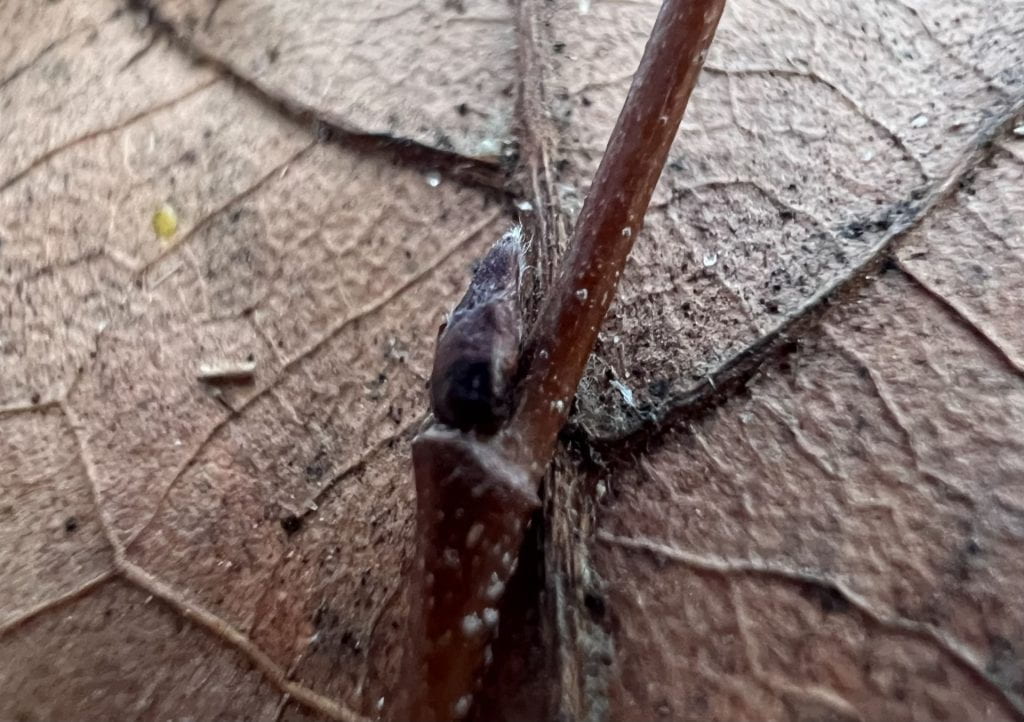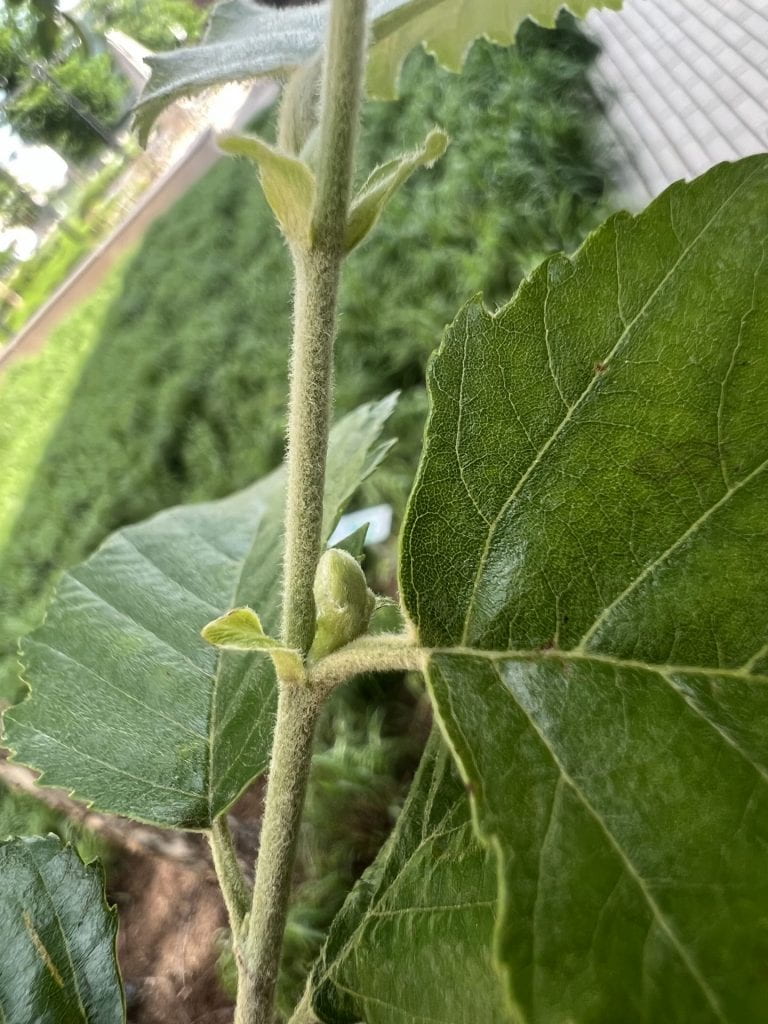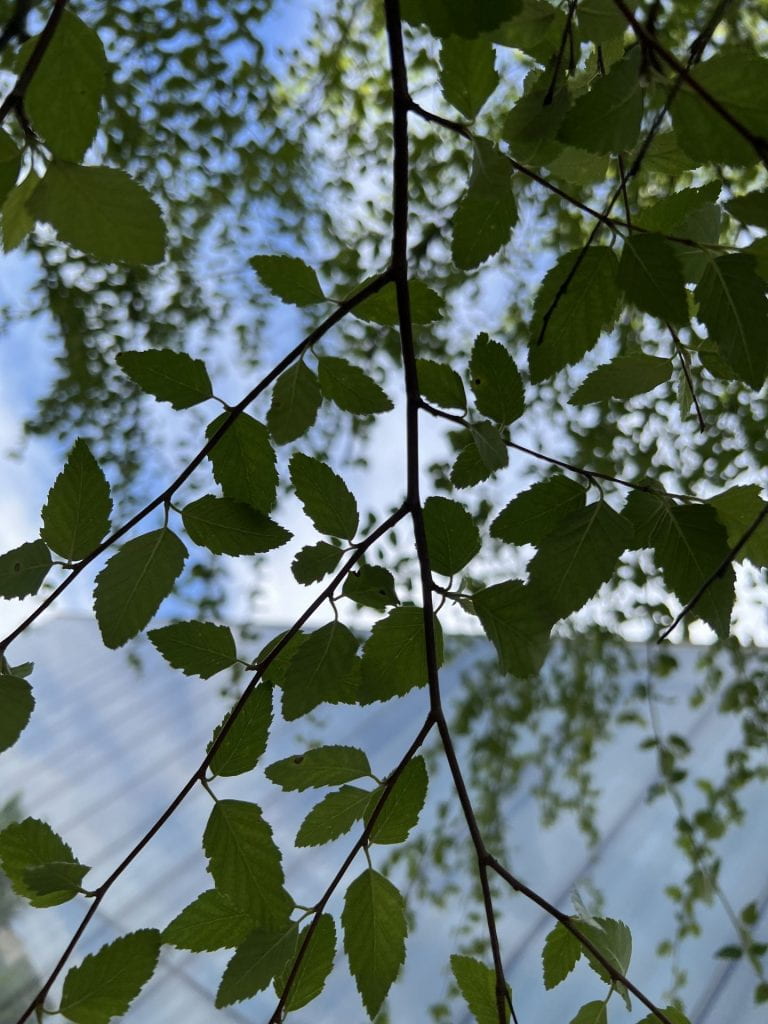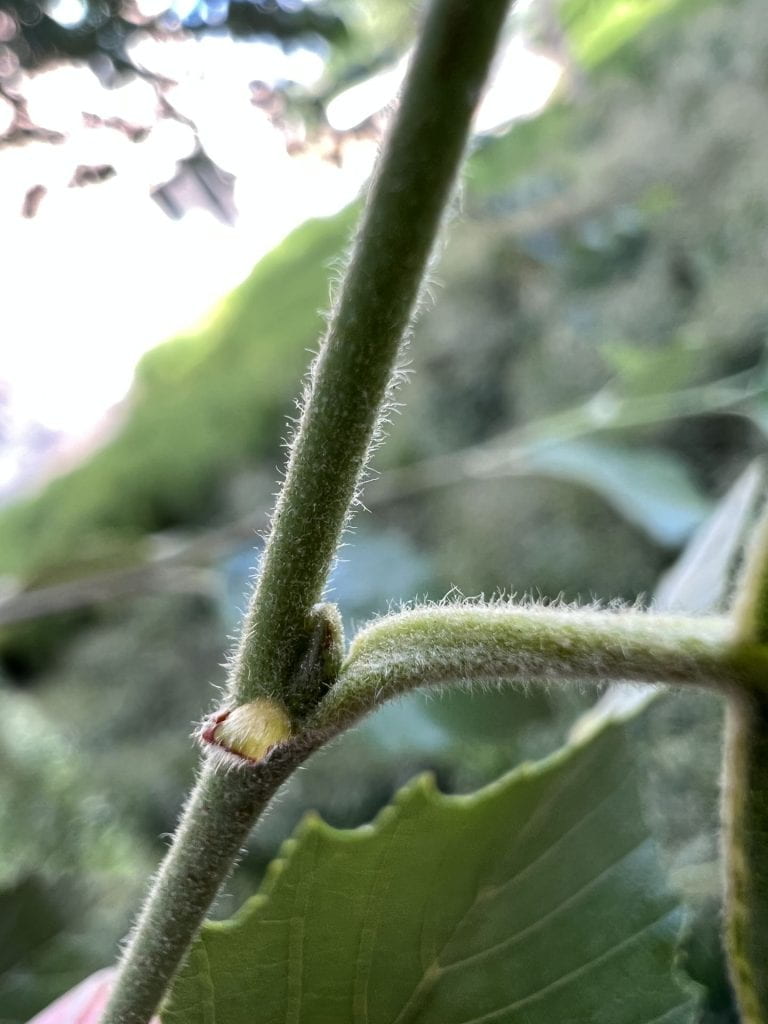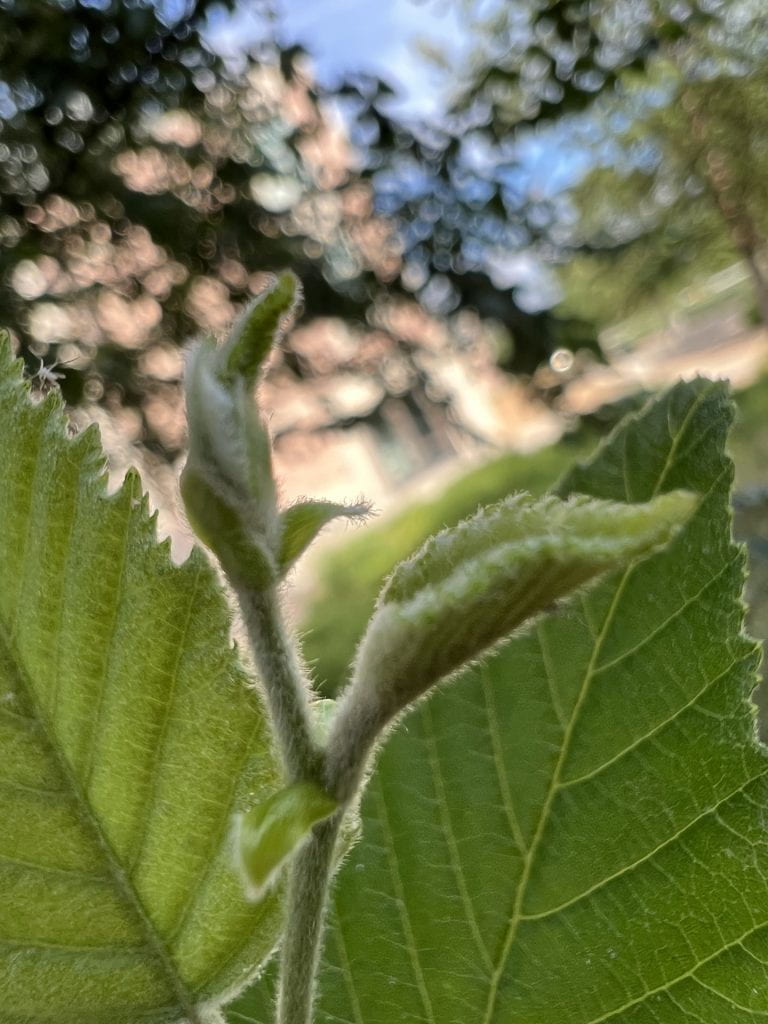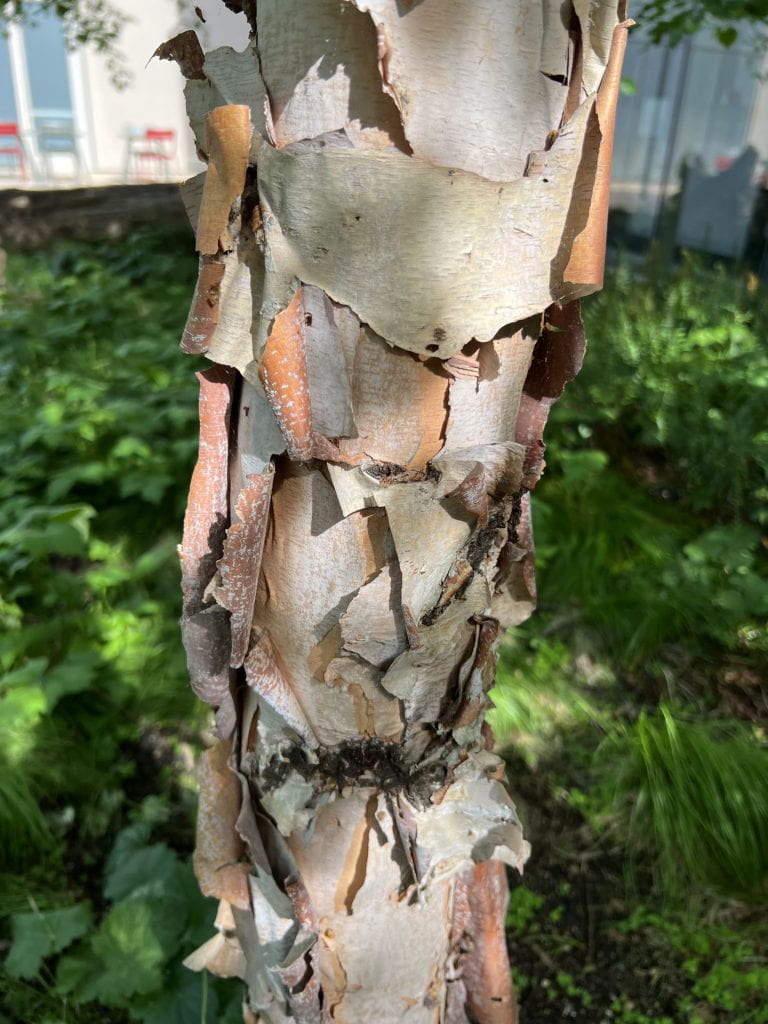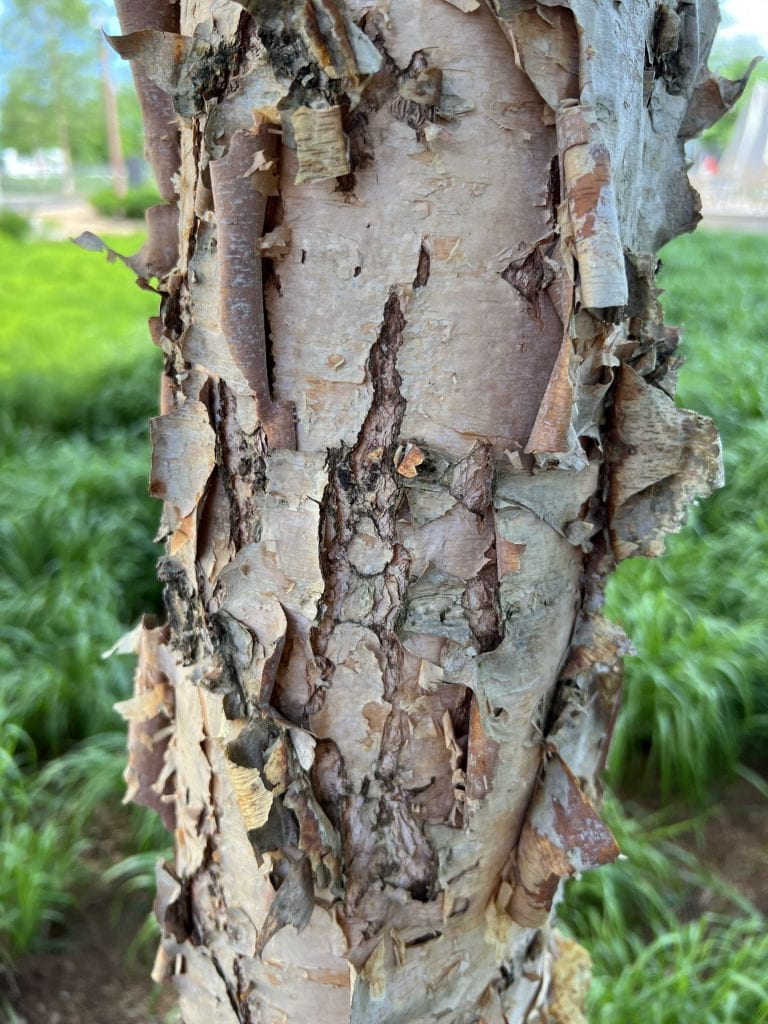River Birch
Arbor Walk #94, TreeKeeper ID #5861
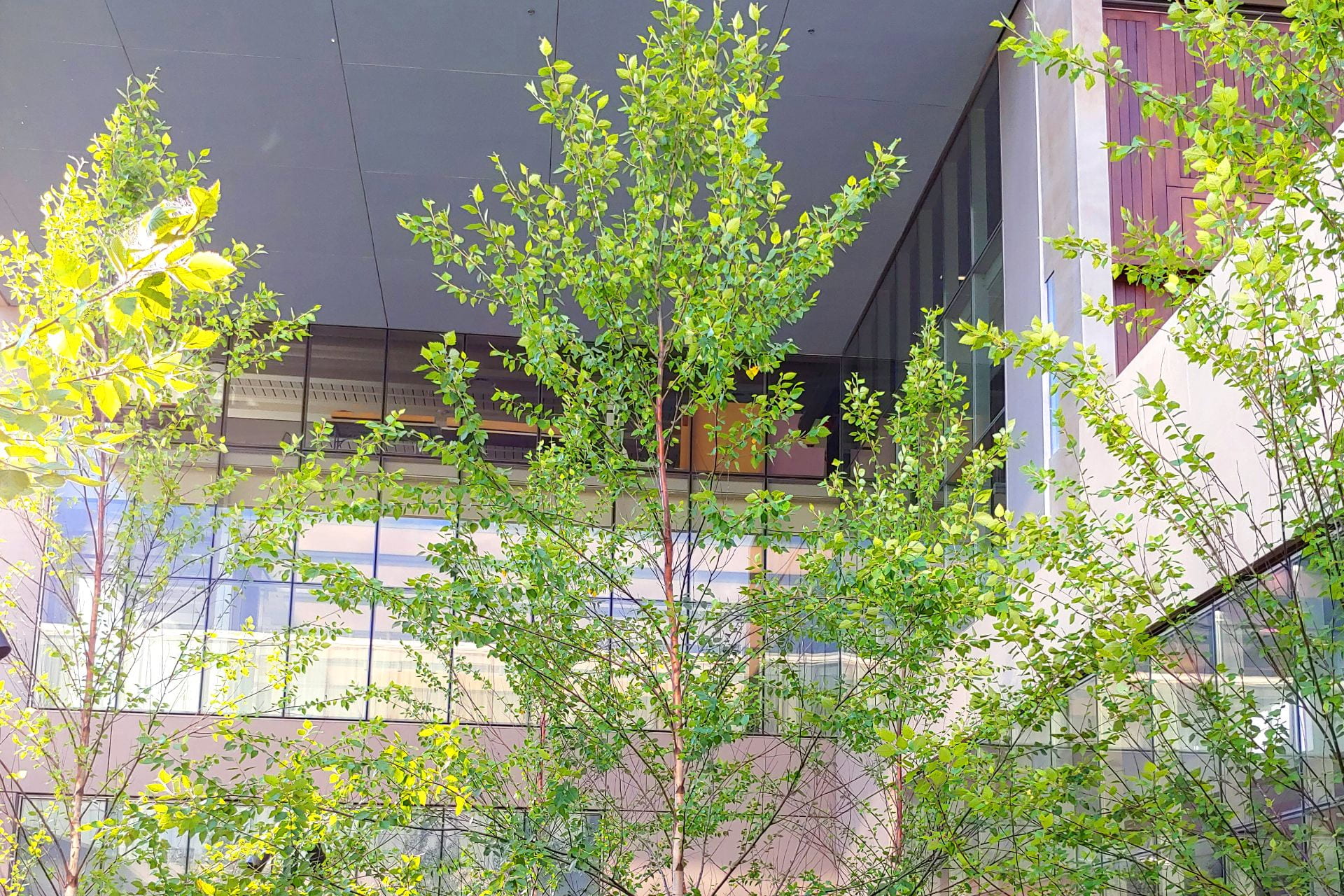
The ‘Cully’ cultivar of the River Birch was discovered in a St. Louis, Missouri suburb and introduced by Earl Cully, a well known arborist from Illinois. The ‘Cully’ grows 40’ tall and 40’ wide.
As a relatively heat-resistance tree in the Birch family, the River Birch tree’s distribution extends further south than most other Birch trees. River Birches have papery, scaly bark, and often has multiple thin trunks rather than one large trunk. An ornamental tree, the ‘Cully’ cultivar is very similar to the ‘BNMTF’ cultivar in that it is a lighter colored tree that is resistant to the Bronze Birch Borer beetle species.
Read Robert Frost’s BIRCHES about the Birch tree.
More information on the River Birches in our Arboretum here!

GPS Coordinates
N/A
Percent Concrete
N/A
Distance to Buildings
| Year | Close Building #1 | Close Building #2 | Close Building #3 |
|---|---|---|---|
| 2020 |
Distance to Other Species
| Year | Close Species #1 | Close Species # 2 | Close Species # 3 |
|---|---|---|---|
| 2020 |
Standard Measurements
| Year | Height (m) | DBH (cm) | Caliper (m) | Crown Diameter N-S (m) | Crown Diameter E-W (m) | Average Crown Diameter (m) |
|---|---|---|---|---|---|---|
| 2023 | 11 | 12.9 | N/A | 6.32 | 5.34 | 5.83 |
Nests and Pests
| Year | Description |
|---|---|
| 2023 | N/A |
Leaf Identification
The River Birch has simple, alternately arranged leaves that have a ovate to deltoid (triangular) shape, a pointed tip, and a doubly serrate margin. The leaf is dark green above and pale green and pubescent (hairy) below. In some leaves, the capillary veins between axillary veins are easily visible.
Twig and Bud Identification
The twig is green-gray and densely pubescent when young with small, fuzzy hairs that will fade with age. There are also numerous small pale lenticels (pores) present. The bud is pubescent at first, then only at the fringes of its bud scales. It is dark reddish-brown, as is the mature twig.
Bark Identification
The River Birch has a distinctive peeling bark that peels horizontally in irregular patches of various colors, from cream to pink-orange. The older bark becomes more scaly.
Fruit Identification
The fruits of the River Birch are the mature female catkins, still in a conical shape but with thin greenish-brown seed coats sticking out between the now-brown scales in a hanging cluster. They mature in late spring and summer.
Flower Identification
The River Birch is monoecious; both male and female flowers exist on one tree, albeit not within the same flower. Both the male and female flowers are catkins. The male catkins are hanging, yellow-brown, and much longer than the female catkins, which are upright on the branch, green with red stigmas, and scaled. They both bloom in early spring.

